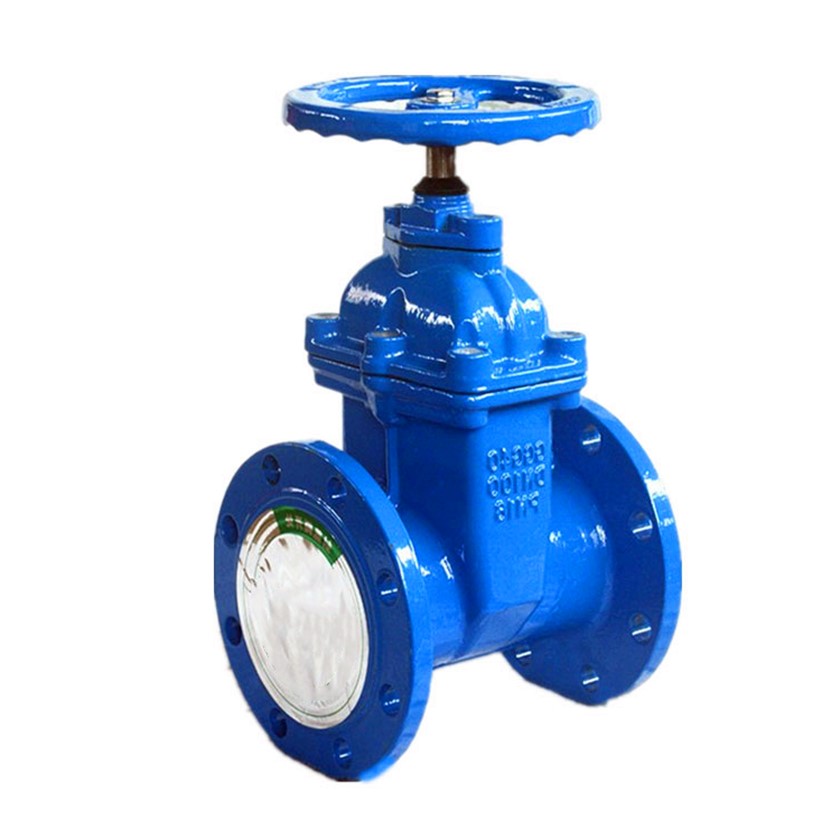Wholesale Supply of High-Quality Water Butterfly Valves for Various Applications
Understanding Wholesale Water Butterfly Valves A Comprehensive Guide
In industrial and municipal applications, efficient fluid control is crucial, and this is where wholesale water butterfly valves come into play. These valves are recognized for their efficiency, compact size, and ease of use, making them an increasingly popular choice in the market. Whether you are involved in manufacturing, engineering, or simply looking to understand more about this essential component, this article will delve into the features, benefits, applications, and buying considerations for wholesale water butterfly valves.
What is a Butterfly Valve?
A butterfly valve is a quarter-turn rotational motion valve that is used to throttle flow. It consists of a disk that rotates around a central axis—when the disk is parallel to the flow, the valve is open, and when the disk is perpendicular, the valve is closed. Butterfly valves are distinguished by their simple design and lightweight structure, making them ideal for a wide range of applications.
Key Features
1. Compact Design Butterfly valves take up less space than traditional valves, making them ideal for installations with limited space. 2. Lightweight Constructed from various materials such as cast iron, stainless steel, or plastic, butterfly valves are typically lighter than other valve types. 3. Cost-Effective Their design allows for reduced manufacturing costs, translating to lower prices in the wholesale market. 4. Versatility They can handle a range of fluids, including water, wastewater, and even certain gases, providing versatility in applications.
Benefits of Wholesale Water Butterfly Valves
1. Efficiency Due to their quick operation and minimal pressure drop, butterfly valves are highly efficient, especially in large-scale water distribution systems. 2. Easy Installation and Maintenance With fewer components than other valve types, butterfly valves are easier to install and maintain, saving both time and money. 3. Reliable Performance They are designed to offer consistent performance with minimal wear and tear, even in demanding conditions. 4. Adaptability Butterfly valves can be fitted with various actuators (manual, pneumatic, or electric) to suit specific operational needs.
wholesale water butterfly valve

Applications
Wholesale water butterfly valves find applications in various sectors, including
- Water Treatment Plants Used for the control of water flow and distribution within treatment facilities. - Pumping Stations Essential for regulating flow in pumping applications, ensuring efficient operation. - Irrigation Systems Widely employed in agriculture for water distribution, ensuring effective irrigation management. - Fire Protection Systems Integral in controlling water flow in fire suppression systems.
Buying Considerations
When acquiring wholesale water butterfly valves, several factors should be considered
1. Material Choose the right material based on the fluid type and environmental conditions. For example, stainless steel may be ideal for corrosive environments, while plastic might suit less demanding applications. 2. Size Ensure the valve size matches your application’s requirements. The diameter and pressure rating are critical for optimal performance. 3. End Connections Consider what type of end connections (flanged, threaded, or welded) are needed for your specific system. 4. Actuation Method Decide whether manual operation or automated actuation (pneumatic or electric) is best suited for your application. 5. Compliance Check that the valves meet industry standards and regulations relevant to your application, especially in municipal or commercial settings.
Conclusion
Wholesale water butterfly valves are a pivotal component in fluid control systems across various industries. Their efficiency, cost-effectiveness, and ease of use make them an attractive option for both manufacturers and end-users. By understanding their features, benefits, applications, and the important factors to consider when purchasing, you can make informed decisions that enhance operational efficiency and reliability in your projects. As the demand for efficient fluid control continues to grow, investing in high-quality butterfly valves can provide significant advantages in a competitive market.
-
The Key to Fluid Control: Exploring the Advantages of Ball Valves in Industrial SystemsNewsJul.09,2025
-
The Versatile World of 1, 2, and 3 Piece Ball ValvesNewsJul.09,2025
-
Stainless Steel Ball Valves: The Ideal Choice for Efficient Flow ControlNewsJul.09,2025
-
Optimizing Fluid Control with Ball Float ValvesNewsJul.09,2025
-
Manual Gate Valves: Essential for Control and EfficiencyNewsJul.09,2025
-
Everything You Need to Know About Butterfly ValvesNewsJul.09,2025
-
The Versatility of Wafer Type Butterfly ValvesNewsJul.08,2025




